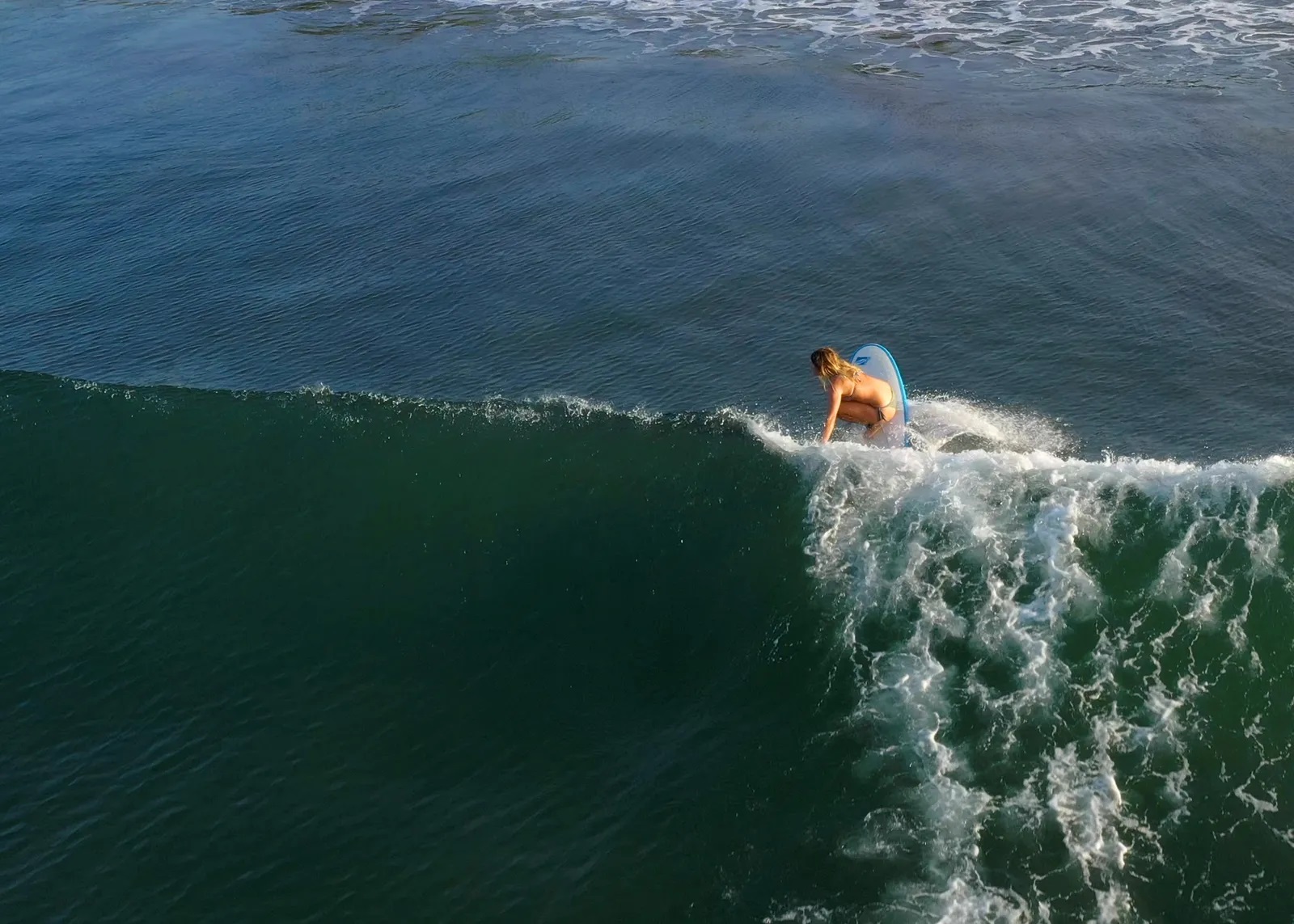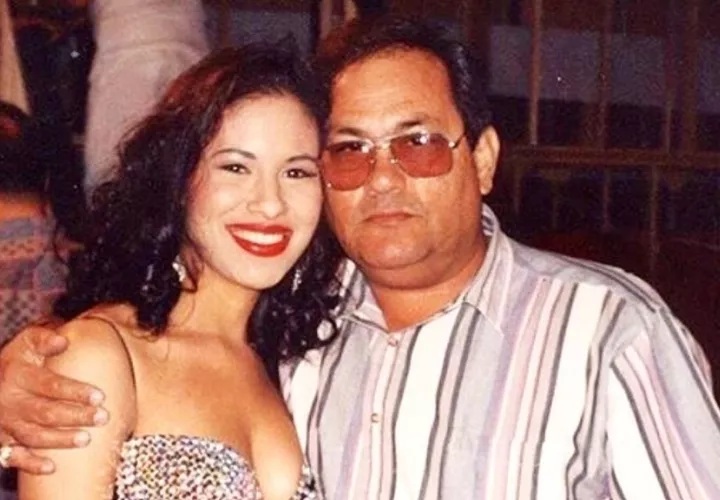Visit the San Blas Islands, Santa Catalina, and the Chiriqui Highlands

Learn about Indigenous crafts in the San Blas Islands. The San Blas archipelago is home to the Guna (previously known as Kuna), an Indigenous group known for their colorfully embroidered clothing. Of the 365 islands in the San Blas archipelago, 50 are inhabited by the Guna (previously known as Kuna), an Indigenous group known for their colorfully embroidered clothing. In particular, the Guna are famous for their colorful Mola blouses, which are decorated with intricate needlework and can take anywhere from 60 to 80 hours to create. Travelers can get a glimpse into this rich textile tradition on expedition cruises with PONANT and Hurtigruten Expeditions. But to do a deep-dive into Mola design, consider booking a small-group sailing with Thread Caravan, a travel company that hosts artisan workshops around the world. During the five-day trip, travelers will learn about Guna’s cultural heritage by spending time with master craftspeople inside their homes. Participants will also get to try their hand at making one of these intricate pieces.
Hang ten in the surf town of Santa Catalina: Most surfer travelers head directly for the beach town of Santa Catalina, which is one of Panama’s more built-up surf destinations. Panama’s surf scene hasn’t exploded in the same way as Costa Rica or Nicaragua. But insiders say it’s only a matter of time until it becomes the next hotspot: for instance, its Punta Burica break has been described as a “carbon copy” of Costa Rica’s famed left-breaking Pavones wave. With 18,000 miles of coastline spread along the Pacific Ocean and Caribbean Sea, Panama has a prime surf condition for amateurs and pros alike. However, most travelers head directly for the bohemian beach town of Santa Catalina, which is among the country’s more built-up surf destinations. Here, waves can reach up to 30 feet, particularly from March through October, but if you’re just beginning to find your balance, don’t fret: There are also plenty of surf schools like Waluaa Surf Camp for mastering your technique before paddling out.
Most surfer travelers head directly for the beach town of Santa Catalina, which is one of Panama’s more built-up surf destinations. Panama’s surf scene hasn’t exploded in the same way as Costa Rica or Nicaragua. But insiders say it’s only a matter of time until it becomes the next hotspot: for instance, its Punta Burica break has been described as a “carbon copy” of Costa Rica’s famed left-breaking Pavones wave. With 18,000 miles of coastline spread along the Pacific Ocean and Caribbean Sea, Panama has a prime surf condition for amateurs and pros alike. However, most travelers head directly for the bohemian beach town of Santa Catalina, which is among the country’s more built-up surf destinations. Here, waves can reach up to 30 feet, particularly from March through October, but if you’re just beginning to find your balance, don’t fret: There are also plenty of surf schools like Waluaa Surf Camp for mastering your technique before paddling out.
Taste coffee in the Chiriquí Highlands:
Panama’s “coffee circuit” spans 15 farms in Boquete, Volcan, and the greater Chiriqui region. Coffee has been cultivated in Panama for more than two centuries, with the best beans hailing from the Chiriquí Highlands at the base of Volcán Barú. There, nutrient-rich volcanic soil and salty breezes from the Caribbean Sea and the Pacific Ocean create a unique micro-climate for growing coffee. The region is famed for its covetable geisha variety, which is cultivated by the Indigenous Ngäbe and Buglé communities and can sell for $100 a cup in the United States. Travelers can get a taste for the variety’s trademark floral aromas and notes of cherry and tropical fruit by visiting the farms that make up the region’s “coffee circuit” spanning 15 farms in Boquete, Volcan, and the greater Chiriqui region. Our pick: the Lamastus Family Estates, which is home to the highest coffee farm in Panama with elevations of up to 8,500 feet above sea level. Tomorrow we will wrap up this travel series with a trip to the archipelago Bocas del Toro, and the home of the red frog at Bastiementos, and then off to visit the town that everyone in Panama comes to see at one time or another, the tourist mecca with its very own volcano.
Tomorrow we will wrap up this travel series with a trip to the archipelago Bocas del Toro, and the home of the red frog at Bastiementos, and then off to visit the town that everyone in Panama comes to see at one time or another, the tourist mecca with its very own volcano.





